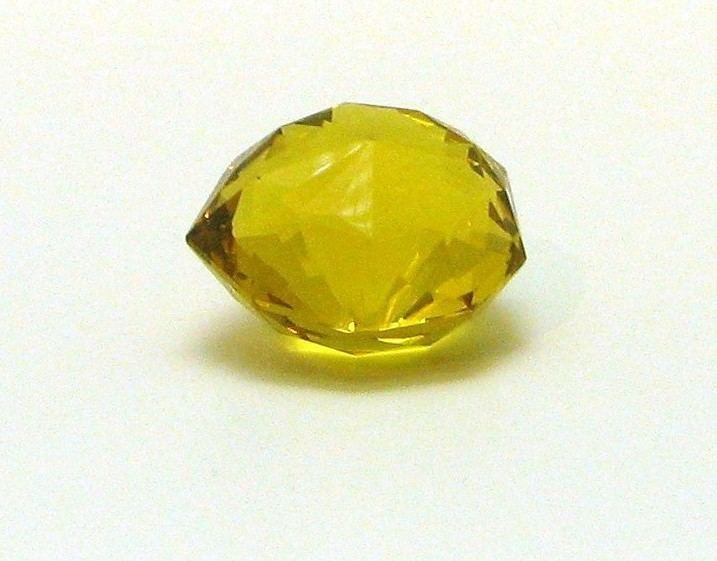 | ||
Weight 137.27 carats (27.454 g) Color Light yellow in colour with very slight green overtones Cut Nine-sided 126-facet double rose cut | ||
The Florentine Diamond is a lost diamond of Indian origin. It is light yellow in colour with very slight green overtones. It is cut in the form of an irregular (although very intricate) nine-sided 126-facet double rose cut, with a weight of 137.27 carats (27.454 g). The stone is also known as the Tuscan, the Tuscany Diamond, the Grand Duke of Tuscany, the Austrian Diamond and the Austrian Yellow Diamond.
Contents
Disputed history
The stone's origins are disputed. Reportedly, it has been cut by Lodewyk van Bercken for Charles the Bold, Duke of Burgundy. Charles is said to have been wearing it when he fell in the Battle of Morat on June 22, 1476. A peasant or foot soldier found it on the Duke's person and sold it for a florin, thinking it was glass. The new owner Bartholomew May, a citizen of Bern, sold it to the Genoese, who sold it in turn to Ludovico Sforza. By way of the Fuggers it came into the Medici treasury at Florence. Pope Julius II is also named as one of its owners.
Another version of the stone's early history is that the rough stone was acquired in the late 16th century from the King of Vijayanagar in southern India by the Portuguese Governor of Goa, Ludovico Castro, Count of Montesanto. The crystal was deposited with the Jesuits in Rome until, after lengthy negotiations, Ferdinando I de' Medici, Grand Duke of Tuscany succeeded in buying it from the Castro-Noronha family for 35,000 Portuguese scudi crocati.
Duke Ferdinand's son, Cosimo II, finally entrusted his father's purchase to a cutter, Pompeo Studentoli, a Venetian working in Florence. The finished gem was delivered on October 10, 1615. An inventory drawn up on Cosimo's death confirms the acquisition of the rough diamond by Ferdinand and describes the gem as 'faceted on both sides and encircled by a diamond encrusted band'.
Documented history
Documented history begins when Jean Baptiste Tavernier, the French jeweller and traveller, saw the stone among the possessions of Ferdinando II de' Medici, Grand Duke of Tuscany in 1657. It then passed into the hands of the Habsburgs when the last of the Medicis died through the marriage of Francis III Stephan of Lorraine to Empress Maria Theresa of Austria and was placed in the Habsburg Crown Jewels in the Hofburg in Vienna. At the time, it was valued at $750,000.
After the fall of the Austrian Empire during World War I, the stone was taken by Charles I of Austria into exile in Switzerland. The stone was stolen some time after 1918 by a person close to the Imperial family and taken to South America with other gems of the Crown Jewels. After this, it was rumoured that the diamond was brought into the United States in the 1920s and was recut and sold.
